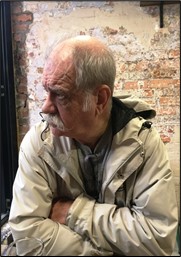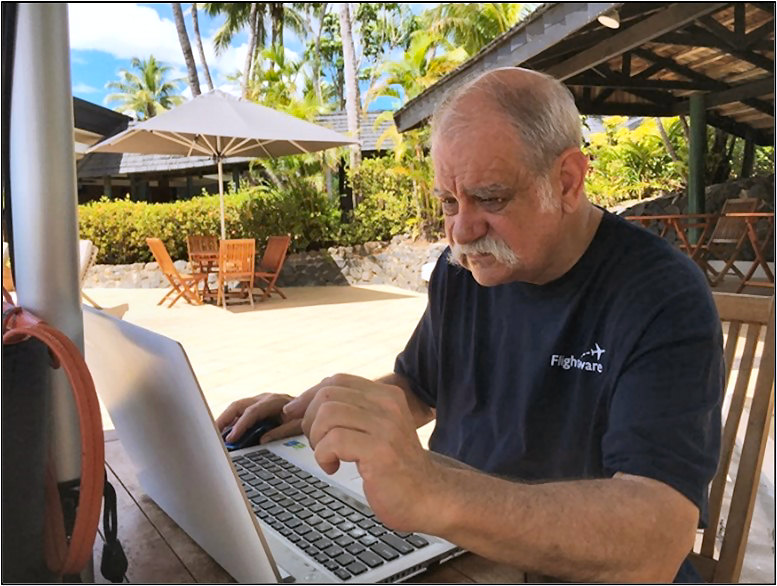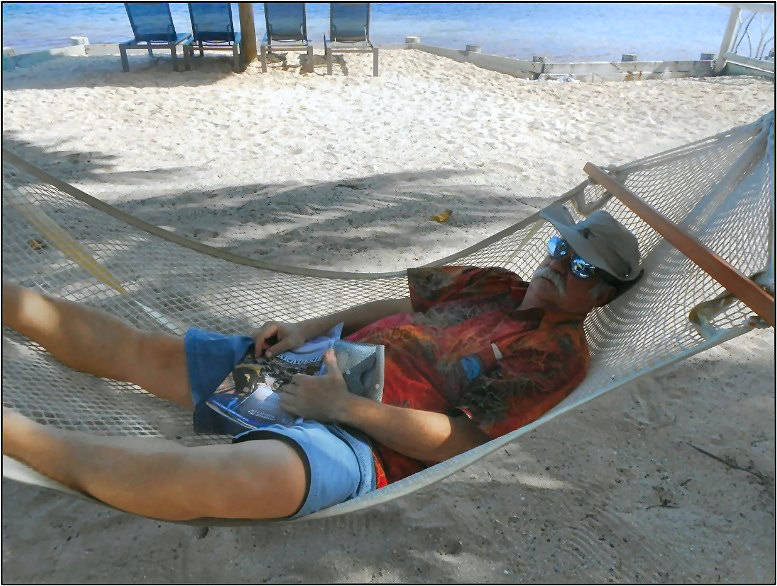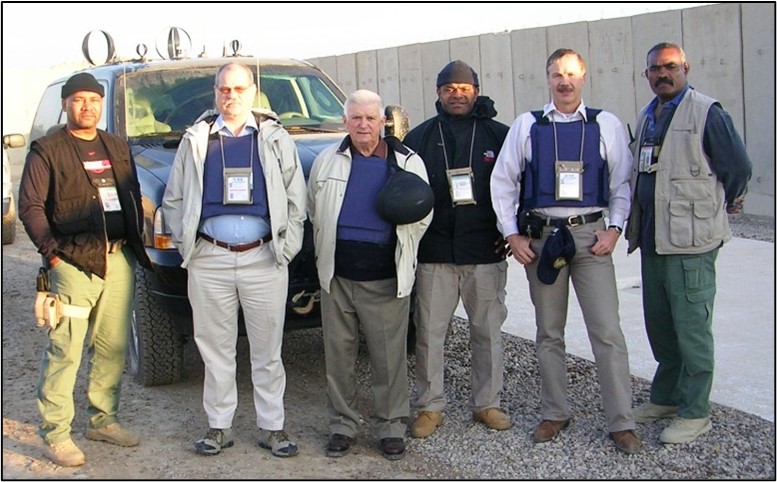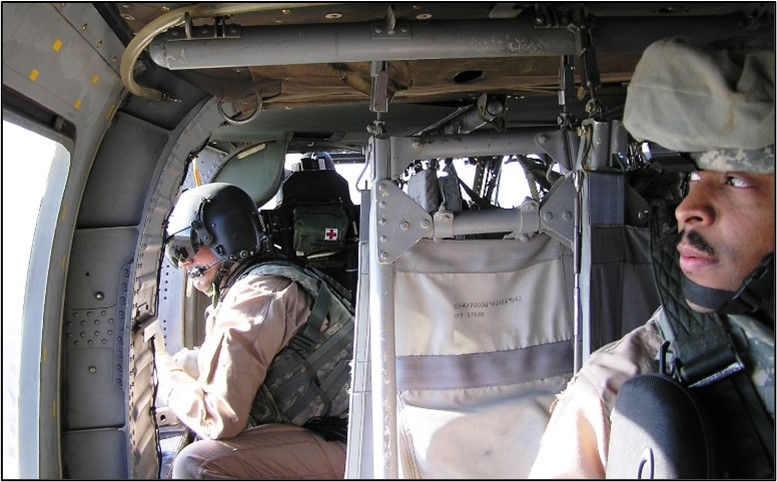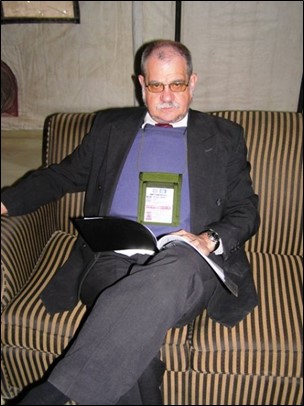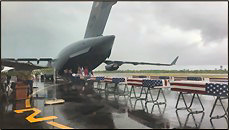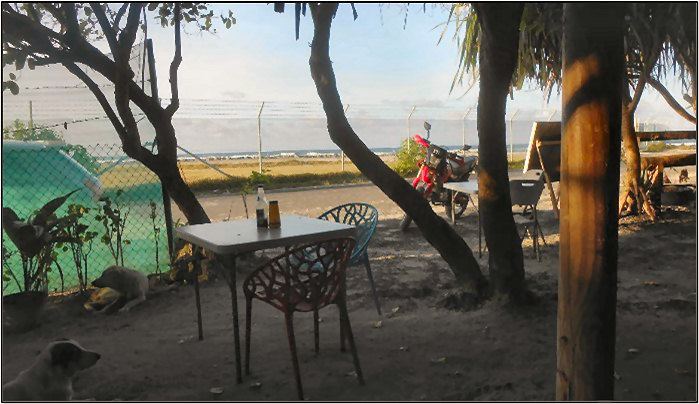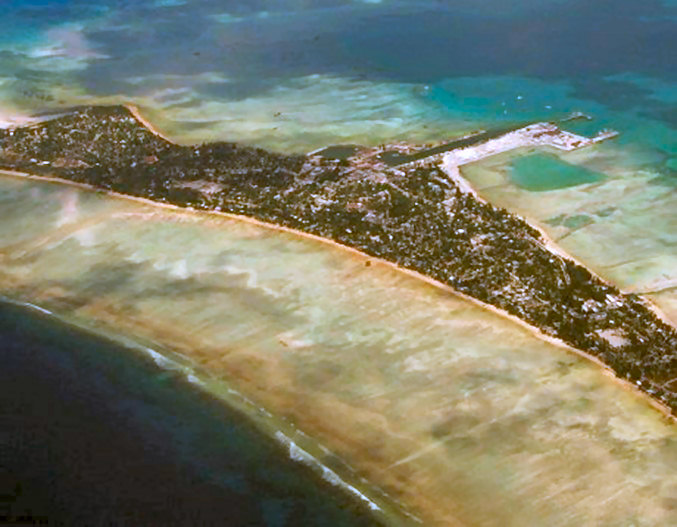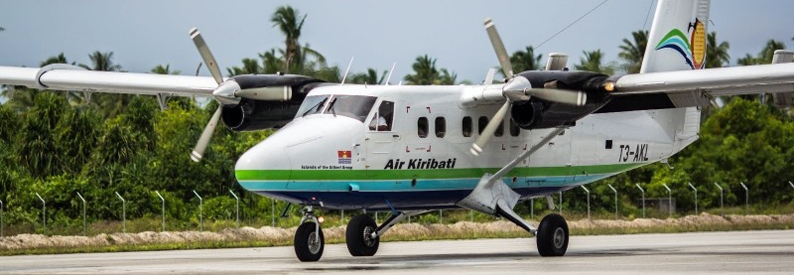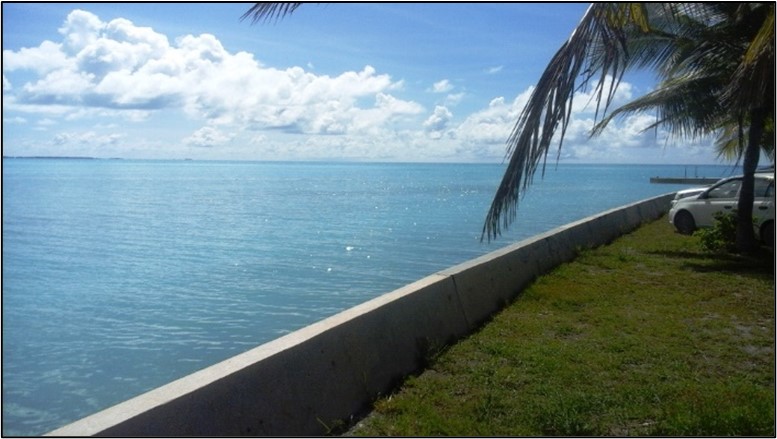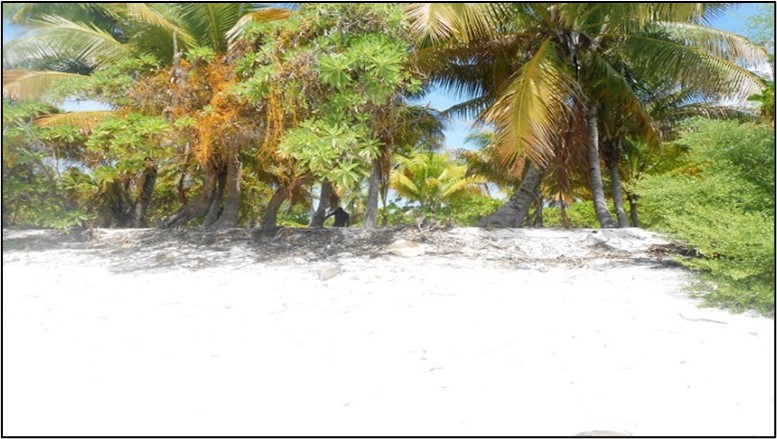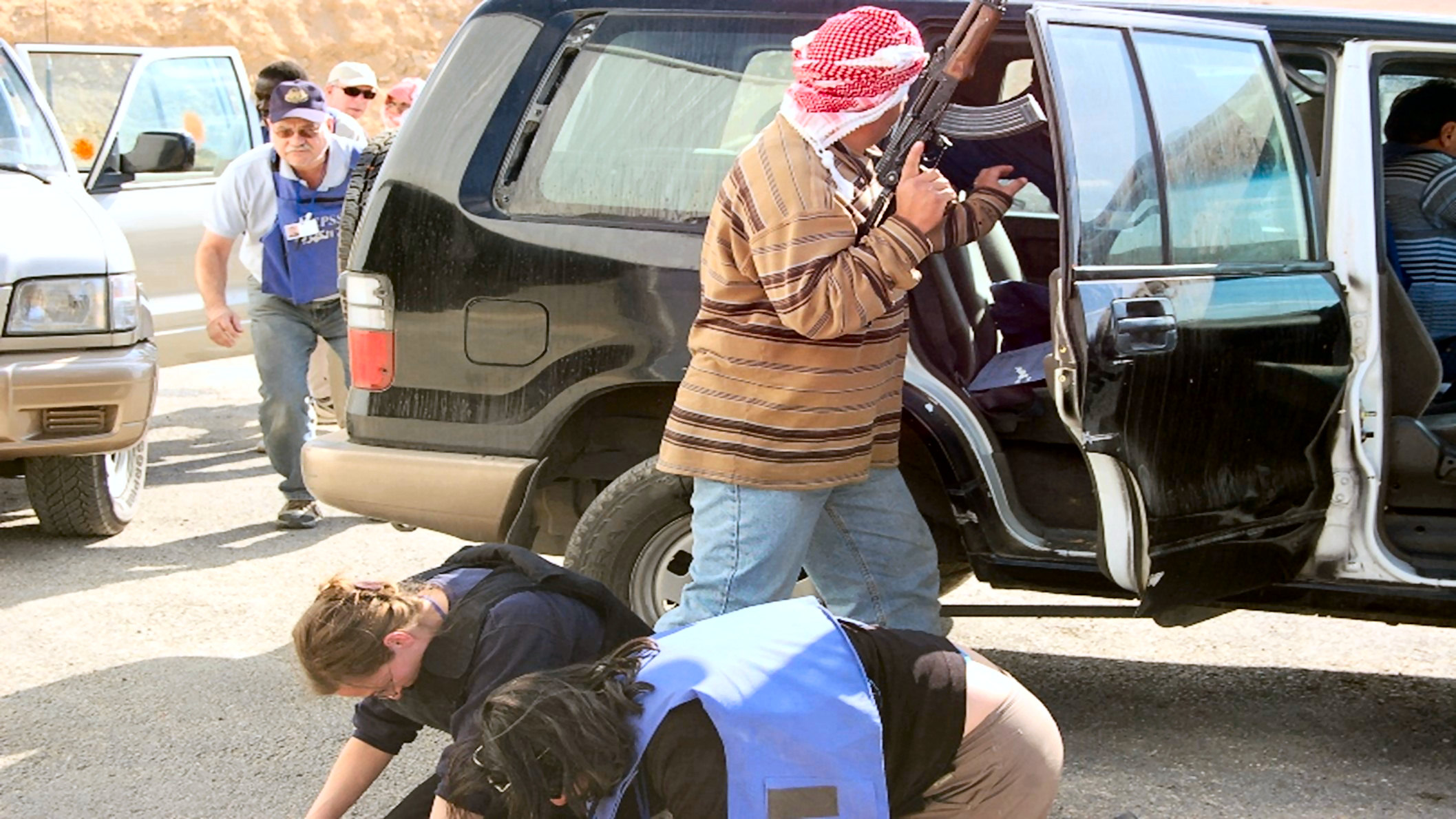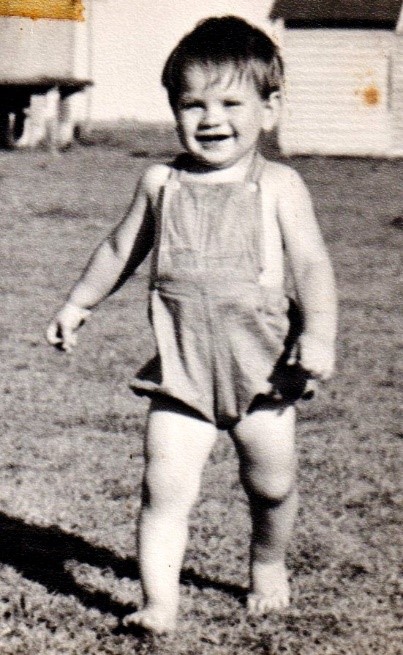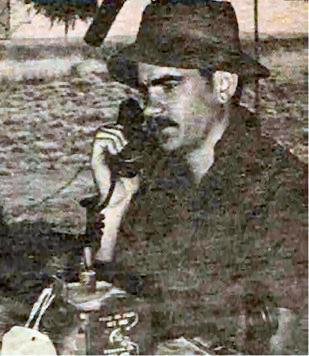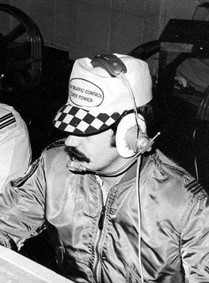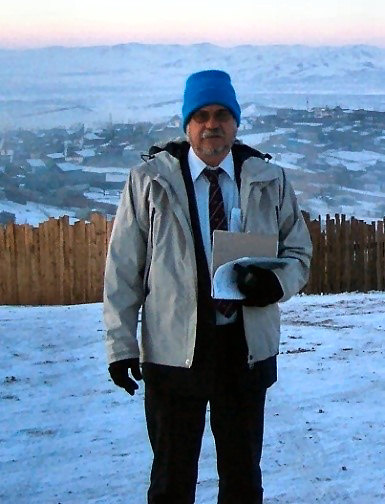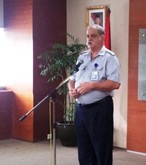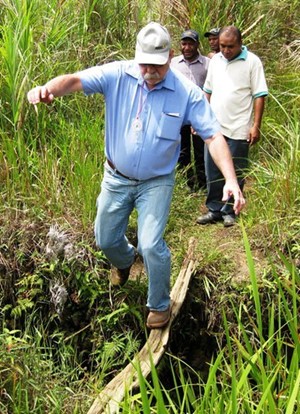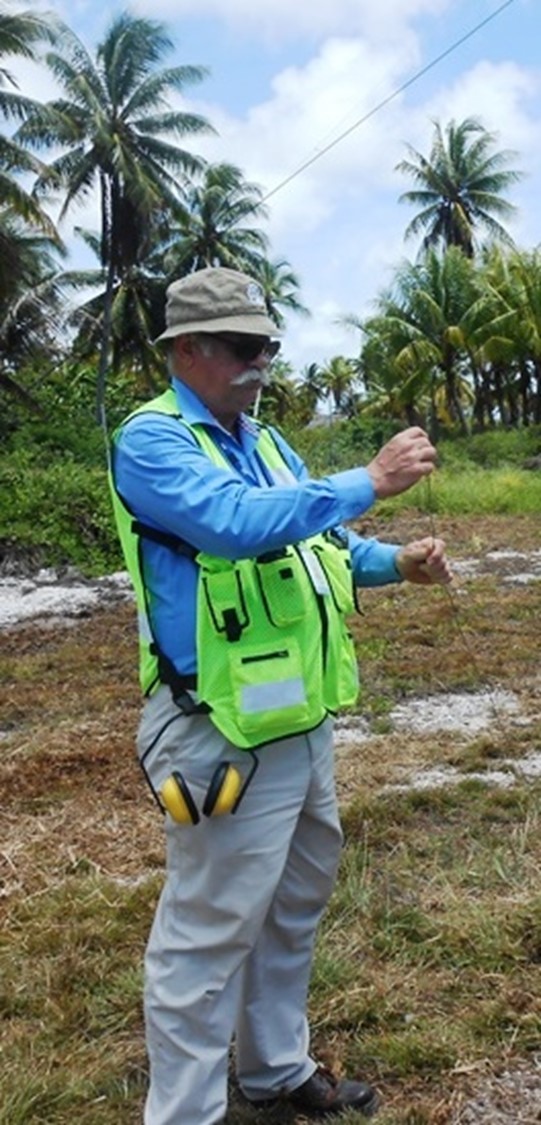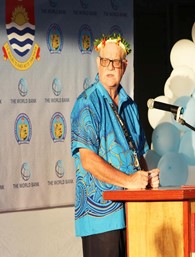|
|
||||||
|
||||||
|
Privacy Policy | Editorial Policy | Profit Policy | Join the Association | List of Members | Contact us | Index | Links |
||||||
|
Back Go to page: 1 2 3 4 5 6 7 8 9 10 11 12 13 14 15 16 17 18 19 20 Forward |
||||||
|
|
||||||
|
My Story |
||||||
|
Mike Gahan.
Michael Joseph Gahan was born in mid 1952 in Bundaberg, Queensland. He continues his association with his birthplace by enjoying Bundy and Coke on a regular basis as well Ginger Beer, Sarsaparilla (Root Beer) and Bitters Lime and Lemonade soft drinks manufactured in that fine city and distributed throughout the world, including the Republic of Kiribati.
Following early life in Bundaberg, Mike’s family relocated to Brisbane in 1960 where he attended Enoggera State School and the Brisbane Grammar School (BGS). He was a member of the BGS Air Training Cadet Flight reaching the exalted rank of Cadet Under Officer in 1969 before matriculating and joining the “real” Air Force, selected to be an Aeronautical Engineer. Little did the selection panel know they had made a mistake and three years later Mike would be working at RAAF Amberley as an Air Traffic Controller.
His teenage years in Brisbane were full of adventure and drama.
Adventure was in outdoor activities such as climbing (he once held the record for shortest time to climb all of the Glasshouse Mountains), bushwalking (one weekend he was one of a small group “lost” in the Lamington Plateau area when returning from the Stinson wreck site), learning to fly (he used his pilot’s licence as identification when applying for his driver’s licence) and camping in the Samford Valley when the only activity in Samford was the pub, General Store, a butcher’s shop and the Farmers Hall.
Drama was as a budding thespian with roles in local Speech and Drama productions, the 1964 Brisbane Repertory hit play “A Dead Secret” and five years as a cast member of the Brisbane Gang Show.
Mike joined the Scout movement in 1960 as a Cub and continued as a youth member, leader and commissioner until 1988, gaining the Queen’s Scout Award in 1969 and spending five years (1965-69) as a cast member of the Brisbane Gang Show. He held warrants as a leader in Queensland, Victoria and the ACT and was a District Commissioner in New South Wales. Many of the lessons and experiences he had during his time in uniform held him in good stead during his service in the RAAF and over the past 27 years in consulting and mentoring roles in civilian aviation.
Known throughout most of his RAAF career as “Max”, Mike spent brief but memorable periods of his time in uniform at 54 Mont Albert Road (Frognall 1970) and the library and EDASSST office at Apprentice Squadron School of Radio RAAF Base Laverton (1971/72). He was commissioned in the Special Duties Branch, ATC Category in May 1972 and spent the remainder of that year at Officer Training School (Point Cook) and the ATC training unit (“C” Flight Central Flying School) East Sale. He returned to East Sale in 1974 for a GCA Course.
|
||||||
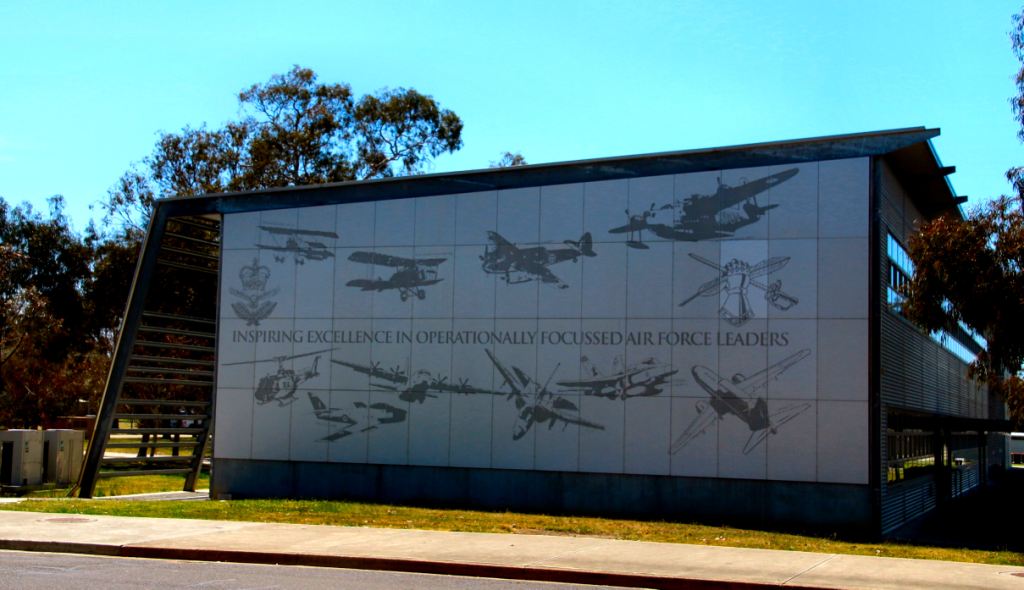 |
||||||
|
Following his initial ATC tour at Amberley, Mike enjoyed operational tours at Butterworth (1975-78) and Williamtown (1981-84) with training roles at C Flight CFS (1978-81) and SATC (1985) and as SATC Standardisation Officer (1991). The last two postings were terminated early because of promotion. As a result, Mike’s preference is for his ashes to be scattered at the Gippsland base in the hope of the penultimate promotion.
During his posting to CFS he had the honour to be the Colour Bearer for the presentation of the Queen’s Colour to that unit in 1978.
On promotion to SQNLDR in 1986 he was posted to Canberra as Operational Requirements ATC1, following which he was one of the early RAAF Tindal members arriving in early 1988.
Although originally posted to Tindal as SATCO, he was seconded to HQTDL/SADCNA as Executive Officer due to the shortage of fighter pilots at that time. He left Tindal to attend Command and Staff Course 43 in 1990. (Click the pic for names).
|
||||||
|
On graduation from Staff College he returned to East Sale in 1991 for a posting as StandO SATC, which was cut short by the intervention of promotion and a subsequent posting to Training Command as Staff Officer Air Traffic Services, a position which involved staff responsibilities for not only ATC but photographic training, police and fire training and telecommunications policy. Following a 23 year career he retired in early 1993 as the Staff Officer Air Traffic Services in the most senior rank (then) for an air traffic controller (Wing Commander). Although his grade 3 teacher had expressed concerns that he would not make a living looking out of windows, he opines that he “won that one” having spent a large part of his RAAF career working in control towers. However, his French teacher in years 8-10 (Alan Jones) has been proven correct as, in his recent role in Kiribati, he oft times found himself in the arrivals hall “swinging bags”.
Following his time in the RAAF he joined the civil Air Traffic Management community in 1993, initially as a senior manager in the (then) Civil Aviation Authority of Australia and subsequently as an international consultant working on projects and regulatory support activities in 31 countries, including Afghanistan, Somalia, Iraq. Kyrgyzstan and Bolivia.
He was involved in the initial construction and implementation (1996-99) of the two runway airport at Sepang (KLIA) servicing Kuala Lumpur and again in 2012-13 when that airport was expanded to three runways and a second control tower commissioned. He resided in Jakarta 2010-2013 while working on several projects involving aviation regulation and support infrastructure and moved to KL as a base for his consulting activities 2013-2018, living in an apartment a very short walk from the eating and drinking streets Chankat Bukit Bintang and Jalan Alor.
During his time as a consultant several major ATM technology providers have engaged him in the role of “operational specialist”. In providing this support Mike has been involved at the leading edge of advanced ATM technology including wide area multilateration surveillance, remote and digital towers, advanced surface movement guidance and control and deployable high definition surveillance.
With clients paying expenses Mike has been able to visit many of the places on his “bucket list” (and many that were not!) usually to attend and deliver presentations at conferences and international meetings; such places as Victoria Falls, Waikiki Beach, Cairo and the Pyramids, Tiananmen Square and dining in the Hall of the People in Beijing, Machu Picchu, Hau Hin, Mogadishu, Bacau, Bangkok (too many visits to recall) Hanoi, Issykul, Bandung, Dubai (another site of many visits), New Year’s Eve in Bishkek and seeing Mt Everest with the naked eye. To be honest, six weeks in Iraq and most of 2008 in Kabul were not planned.
Waiting for meetings in exotic places often provides an opportunity to work in outdoor office environments.
|
||||||
|
||||||
|
But it has not always been “beer and skittles” – Mike is very familiar with how to don body armour, travel in armoured vehicles and armed helicopters and work with a PSD (personal security detail). In Iraq in 2006 his team spent 81 hours travelling between bases in armed Blackhawk helicopters.
|
||||||
|
||||||
|
Mike has been based in Kiribati since 2016, where he was employed initially as the Aviation Advisor and then as the CEO of the Airport Authority where he was responsible for the management and operation of 22 airports in the Central Pacific, including international airports at Tarawa and on Christmas Island (Kiritimati).
He describes the location of Kiribati as “where the equator meets the international date line”.
Unfortunately, the intervention of COVID meant the cessation of international passenger travel to and from Kiribati, making the CEO Airport Authority role not financially viable and in January 2021 he found it necessary to advise the Airport Authority Board that, as competent as the CEO was, it was necessary to terminate his employment. He remained in Kiribati awaiting repatriation and at the time of writing (mid November 2021) was still sitting in paradise looking for transport to Australia.
His roles in Kiribati enabled him to engage, mainly remotely, in several other aviation projects, including a long term role in three projects in the expansion of Changi airport (2016-2022 (projected) and shorter term activity in Malaysia, UAE, Indonesia and Thailand.
Some notes on Kiribati
Although by comparison of population Kiribati is one of the smallest nations with a population of less than 120, 000, it stretches across 3,200 km - similar to the distance from Melbourne to Perth. The country is COVID free and has strict procedures for handling international air and sea transport with, until very recently, no inbound passengers allowed access. Tarawa, the atoll on which Mike is based, was the scene of one of the bloodiest battles of World War II with 6,500 US Marines and Japanese soldiers as causalities in a 72 hour battle in November 1943. The airport at Bonriki, has been the scene of formal “ramp ceremonies” during Mike’s time as wartime graves are discovered and remains repatriated to the US. The ceremonies usually involve a 3 star General and families if remains have been sufficiently identified.
Life on Tarawa for an expat is generally relaxed. Simple necessities are readily available, albeit at slightly higher prices than you would pay for similar goods in Australia. In recent times the standard of foodstuffs available has improved and recently one of the supermarkets commenced import of Woolworths home brand goods. Fresh fruit and vegetables are in short supply and Mike supplements his local purchases with produce from a garden he cultivates beside his bungalow. Pollination can be difficult as there are no bees so Mike has to use a small paint brush and gentle touch.
Mike’s favourite restaurant is aptly named “Runway End”, because it is situated at the eastern end of the Bonriki runway and overlooks the Pacific shoreline.
Water can sometimes be an issue with most supplies coming from rainwater tanks and electric pumps to provide pressure. In recent months there has been little rainfall and it has been necessary to obtain water from communal tanks storing water from the “water lens” – fresh water on top of the underlying salt water in sand beds below the ground. Another issue in the past was the frequent failure of the mains power reticulation – no electricity: shower from a bucket just like the old style Scout camps in his early experience. Betio and Bairiki are the main population centres on Tarawa and site of the majority of Government Ministries and local businesses. The population density in those two centres is similar to that in downtown Manilla or Jakarta but without many of the negative social issues seen in those cities. Betio, as seen in the picture below, is home to 15, 000 people but is less than 3km long and only 600m at its widest point. Remember, 6,500 people died on this patch of the earth in 72 hours back in 1944.
|
||||||
|
|
||||||
|
The major revenue source for Kiribati living on the “outer islands’ in the Gilbert Group is copra. This is heavily subsidised by the Government which buys from islanders at AUD$2-00 per kilogram and sells on the international market at AUD$0.80 (80 cents) per kilogram.
Most islands are serviced with a passenger and freight aircraft service weekly, some more often. One of Mike’s responsibilities as CEO of the Airport Authority was the maintenance of the island airstrips, which are about 1000 metres long and made of compressed coral mud. At present the aircraft used to provide services to the islands are Twin Otters, a 19 passenger twin turbo prop.
|
||||||
|
|
||||||
|
Kiribati has a major health issue with diabetes, most likely as a result of the diet, which is heavily reliant on Calrose rice with few vegetables. Health care is universally free in the Republic and the standard, for a population of just over 100,000, would be the envy of many regional cities of comparable populations in Australia. Unfortunately, unlike regional Australia, there are no major capital city hospitals nearby. Serious cases on outlying islands are transported to Tarawa by the Air Kiribati aircraft, usually on scheduled services, although emergency transfers do occur.
The water surrounding the islands and in the lagoons in most provides a good environment for swimming and diving onto the surrounding reefs. The exception is the lagoon on Tarawa which is reported to have one of the highest E.coli counts in the world. That problem is being addressed with international aid agencies, including AusAID, funding the provision of sewerage reticulation and flush toilets. With that remedy being applied one can probably guess at the reason for the high E.coli count!.
|
||||||
|
||||||
|
International Aviation Consultant
Mike prefaces remarks on his role in international aviation as a consultant with “Be Prepared”. In many of the more than 30 countries he has worked there were risks, some of which were not apparent in the planning stages of the projects. He discusses a number of these risks using several examples from the six weeks he spent inspecting airports in Iraq and the 12 months he spent in Kabul, Afghanistan, noting that the only time he has been in the direct line of fire was one night in Butterworth tower in 1977 in a period which the Australian Government insists was “not warlike’.
Before he was deployed to Iraq in 2006 he spent two weeks on a training course and practical exercises in Amman Jordan and a nearby desert training centre. In one of the practical activities on this course the team was attacked by “terrorists” and one of the team taken hostage. This was a very realistic experience which made sure everyone was fully aware of the dangers and basic security procedures. In the picture below Mike is “escaping” unsuccessfully.
|
||||||
|
|
||||||
|
Before heading to the site of one project in late 2019 he had to research the region and city as he had never heard of it before the project was proposed. He spent a week or so there in October and was impressed by the cosmopolitan nature of the city with over 10 million residents. In early 2020 he learnt much more about that city as the newspapers were full of stories about the place – Wuhan!
Mike’s activities have placed him in the full range of climatic conditions – minus 24 degrees in Mongolia inspecting possible hilltop sites for surveillance sensors and plus 54 degrees in the UAE desert inspecting military airfields. He also describes the need to put numbers in perspective explaining that in normal circumstances 0.03% was a small number but not when it was the percentage of the particulate matter in the air which was human faeces. One disappointing observation of his time in developing countries is the inappropriate spending on aid which resultes in wasted funds and materials which could not be properly used by the recipients. He uses several examples, showing picures in his presentations to international audiences, including one Australian donation of escalators of the wrong size for the building for which they were intended.
In answering a question following one presentation, Mike explained that it was essential in most circumstances in business to understand and apply the difference between Command, Leadership and Management as appropriate to the circumstances and environment. Although understanding the difference comes with experience, his early training in leadership in Scouts and the RAAF and taking command in emergencies both as a Scout and leader had provided a good foundation upon which his experiences have been built.
When he eventually finds a way to get to Australia, he will head to his apartment overlooking Port Melbourne Yacht Club and the beach before heading off for more adventures in the exciting world airspace, airport and air traffic management technology and regulation.
Mike has offered to answer questions on any of the subjects he canvassed in his presentation. Contact him on mjg@sensistech.com.au.
Mike through the ages
|
||||||
|
||||||
|
||||||
|
||||||
|
||||||
|
|
||||||
|
|
||||||
|
|
||||||
|
|
||||||
|
|
||||||
|
Back Go to page: 1 2 3 4 5 6 7 8 9 10 11 12 13 14 15 16 17 18 19 20 Forward |
||||||


